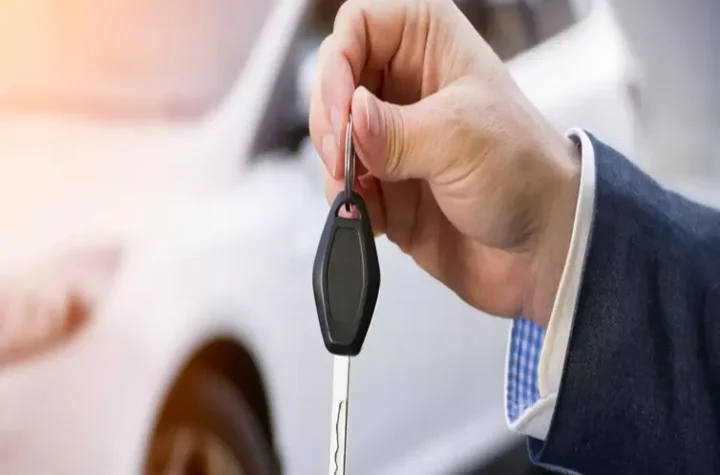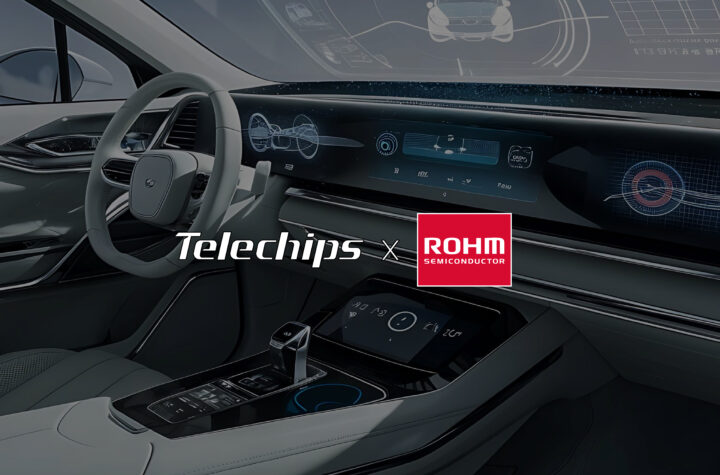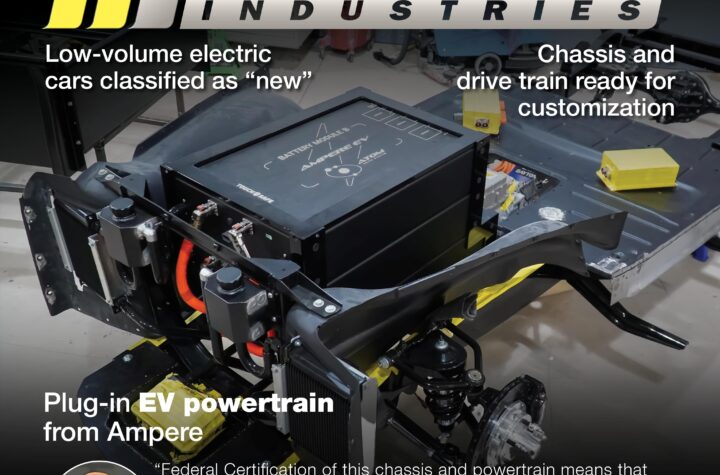

Just a few years ago, the most sought after automotive in¬novation was the GPS navigation system. Making maps ob¬solete, the GPS reinvented the driving experience for con¬sumers. It was not long, however, before the GPS met its match – the smartphone.
As smartphone sales soared, mega companies like Google offered consumers GPS technology for free. Soon, smartphones were offering countless applications, including Facebook, Internet connectivity and digital cameras that rivaled the best models on the market. Consumers were able to take their digital lives with them virtually anywhere – except for their cars. Automotive manufacturers raced to discover ways of successfully and safely integrating mobile phone usage with in-car systems. Luxoft, a global provider of advanced application and product development services developed the solutions that could make this a reality.
Winner of the Frost & Sullivan 2011 European Telematics and Infotainment Competitive Strategy Innovation Award, Luxoft is the software development partner behind some of the infotainment industry giants like Ford, Harman International and Elektrobit (EB) Wireless.
“Luxoft and its three major offerings – DroidBUZZ, DashCore and the upcoming apps connectivity solution for in-vehicle and mobile devices – are directly addressing major challenges that prevail in the current European automotive infotainment connectivity market,” says Praveen Chandrasekar, global program manager, Connectivity & Interiors, Telematics & ITS, Frost & Sullivan. Luxoft’s latest venture in the automotive infotainment sector is iviLink, the newest vehicle connectivity technology to hit the market.
Automotive Industries (AI) asked Vasiliy Suvorov, VP Technology Strategy, Luxoft to tell us more about iviLink (pronounced Ivy-Link).
Suvorov: iviLink was developed in response to a need within automotive infotainment space. We wanted to deliver a platform that provided automotive OEMs with the ability to create and adapt mobile applications for in-car use quickly and cost-effectively. iviLink enables businesses and the community to enhance their own applications with automotive features. For example, if someone has a restaurant locator app, such as Yelp, installed on his or her smartphone, search functions can be conducted and the results viewed via the dashboard head unit or rear seat entertainment (RSE) screens when connected to iviLink.
AI: Who can benefit from iviLink?
Suvorov: iviLink is mostly oriented to the apps developer, not the end user. It is an ideal platform for automotive OEMs, top-tier automotive and aftermarket suppliers, or any other entity tasked with bringing innovative infotainment systems to market. The platform is also suitable for mobile app developers as well was smartphone manufacturers.
AI: What are the benefits of iviLink?
Suvorov: iviLink provides a competitive advantage by extending multimedia and connectivity functions to current and future IVI systems. In addition, iviLink provides a safe and easy way to upgrade IVI software without critical impact or risks to the entire system. We also understand that research and development (R&D) efforts are a concern to OEMs and suppliers, as they often require significant investments in time and money. iviLink serves as a flexible platform to design, test and deploy solutions that extend mobile capabilities to the vehicle, without significant commitment or spend. Automotive OEMs and suppliers can also use iviLink to build an ecosystem of third-party app developers, resulting in new revenue streams, such as dedicated apps markets tailored to specific car brands. Lastly, iviLink helps mobile app developers and cell phone manufacturers extend their influence to entirely new audiences within the automotive market.
AI: How is it different from other solutions in the market?
Suvorov: While other solutions in the market offer similar capabilities, such as direct screen transfer from the smartphone to the automotive device, iviLink is the only multi-level solution that supports different styles of HMI on two sides of the connection, with a control link in between. Simply stated, our new automotive technology gives head units and RSE screens the technology needed to display graphical outputs from mobile devices. Everything from color schemes to design and ergonomics is facilitated through iviLink. Additionally, the ready-to-use platform is made available through an easy-to-use software development kit (SDK).
AI: Tell us more about the technology at the core of iviLink.
Suvorov: iviLink is a profile-oriented software stack, packaged into a developer-friendly SDK. The profile is a central entity providing individual methods of data exchange, such as MP3 playback or phonebook transfer. For application convenience and secure usage, profiles are grouped into services programmed by OEMs on the IVI equipment-side and the cellphone/operating system provider on the mobile side. In contrast to profiles, services cannot be modified in runtime except when selecting proper profiles, therefore the full set of high-level functions available for apps is fully controlled by the OEM. iviLink profiles can be upgraded and automatically select proper profiles for the given data characteristics. For example, when registered on the system, the video service will select slow motion video for the rear view camera and HD for MPEG4 from a mobile device. iviLink also controls the availability of profiles on both sides of the connection, enabling and disabling services depending on what the connected device supports. Lastly, iviLink allows OEMs, suppliers and developers to add new technology support for older head unit models.
AI: What are its other uses?
Suvorov: We like to think of iviLink as the platform that helps drivers turn their smartphone into a remote control for their vehicles. It is able to operate over any serial link, such as Bluetooth, Wi-Fi or USB, as well as DLNA or MirrorLink, and enables seamless app sharing between mobile devices and IVI devices. Additionally, iviLink integrates with external displays and/or mobile devices to screenless head units.
AI: There have been growing fears about the ability to hack into car systems. How secure is iviLink’s data exchange?
Suvorov: We developed the platform with the utmost security in mind. iviLink is secured with an RSA Digital Signature and prevents “man in the middle” attacks, unauthorized access and other types of malicious threats. It also supports digital rights management (DRM) and profile certificates to avoid untrusted code deployment.
AI: When is iviLink going to be available?
Suvorov:The iviLink SDKs will be available for Android, Linux and iOS operating platforms in the second quarter of 2012. Interested parties can visit www.ivilink.net for updates.















More Stories
ROHM’s PMICs for SoCs Adopted in Reference Designs for Telechips’ Next-Generation Cockpits
Southfield Classics utilizes Ampere EV engineering to become the first manufacturer to achieve Low Volume Vehicle Manufacturer Certification
Mosaic Click board from MIKROE delivers global coverage multi-band and multi-constellation tracking ability